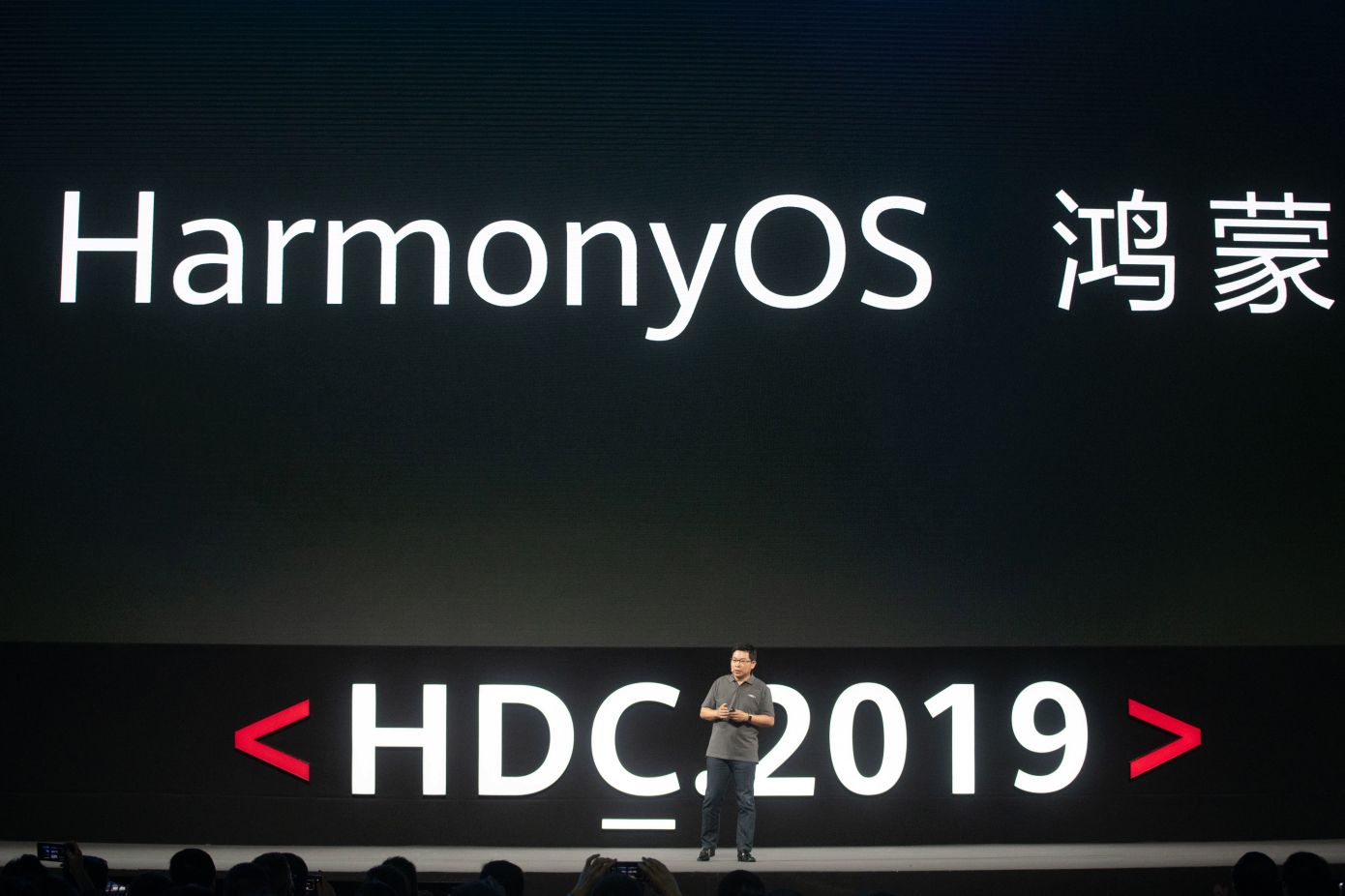Huawei has inroduced its own Harmony OS for smart devices to reduce its dependence on Android and replace it if the need arises. Harmony OS is microkernel-based distributed operating system designed for smartphones, tablets, smart speakers, computers, smartwatches, smart screens and cars.

According to Richard Yu, CEO of Huawei’s Consumer Business Group, “Harmony OS is completely different from Android and iOS. It is a microkernel-based, distributed OS that delivers a smooth experience across all scenarios. It has trustworthy and secure architecture, and it supports seamless collaboration across devices. You can develop your apps once, then flexibly deploy them across a range of different devices.”
Harmony OS is a lightweight, compact operating system and it will first be used for smart devices like smart watches, smart screens, in-vehicle systems, and smart speakers.
Harmony OS has four distinct technical features:
1. Seamless: First-ever device OS with distributed architecture, delivering a seamless experience across devices
By adopting distributed architecture and distributed virtual bus technology, Harmony OS offers a shared communications platform, distributed data management, distributed task scheduling, and virtual peripherals. With Harmony OS, app developers won’t have to deal with the underlying technology for distributed apps, allowing them to focus on their own individual service logic. Developing distributed apps will be easier than ever before. Apps built on Harmony OS can run on different devices while delivering a seamless, collaborative experience across all scenarios.
2. Smooth: Deterministic Latency Engine and high-performance IPC
HarmonycOS will address underperformance challenges with a Deterministic Latency Engine and high-performance Inter Process Communication (IPC). The Deterministic Latency Engine sets task execution priorities and time limits for scheduling in advance. Resources will gravitate toward tasks with higher priorities, reducing the response latency of apps by 25.7%. The microkernel can make IPC performance up to five times more efficient than existing systems.
3. Secure: Microkernel architecture that reshapes security and trustworthiness from the ground up
Harmony OS uses a brand-new microkernel design that features enhanced security and low latency. This microkernel was designed to simplify kernel functions, implement as many system services as possible in user mode outside the kernel, and add mutual security protection. The microkernel itself provides only the most basic services like thread scheduling and IPC.
HarmonyOS is the first OS to use formal verification in device TEE, significantly improving security. In addition, because the HarmonyOS microkernel has much less code (roughly one-thousandth the amount of the Linux kernel), the probability of attack is greatly reduced.
4. Unified: Multi-device IDE allows apps to be developed once and deployed across multiple devices
Powered by a multi-device IDE, multi-language unified compilation, and a distributed architecture kit, HarmonyOS can automatically adapt to different screen layout controls and interactions, and support both drag-and-drop control and preview-oriented visual programming. This allows developers to more efficiently build apps that run on multiple devices.
The success of Harmony OS will depend on a dynamic ecosystem of apps and developers. To encourage broader adoption, Huawei will release Harmony OS as an open-source platform, worldwide. Huawei will also establish an open-source foundation and an open-source community to support more in-depth collaboration with developers as stated by the company.



















